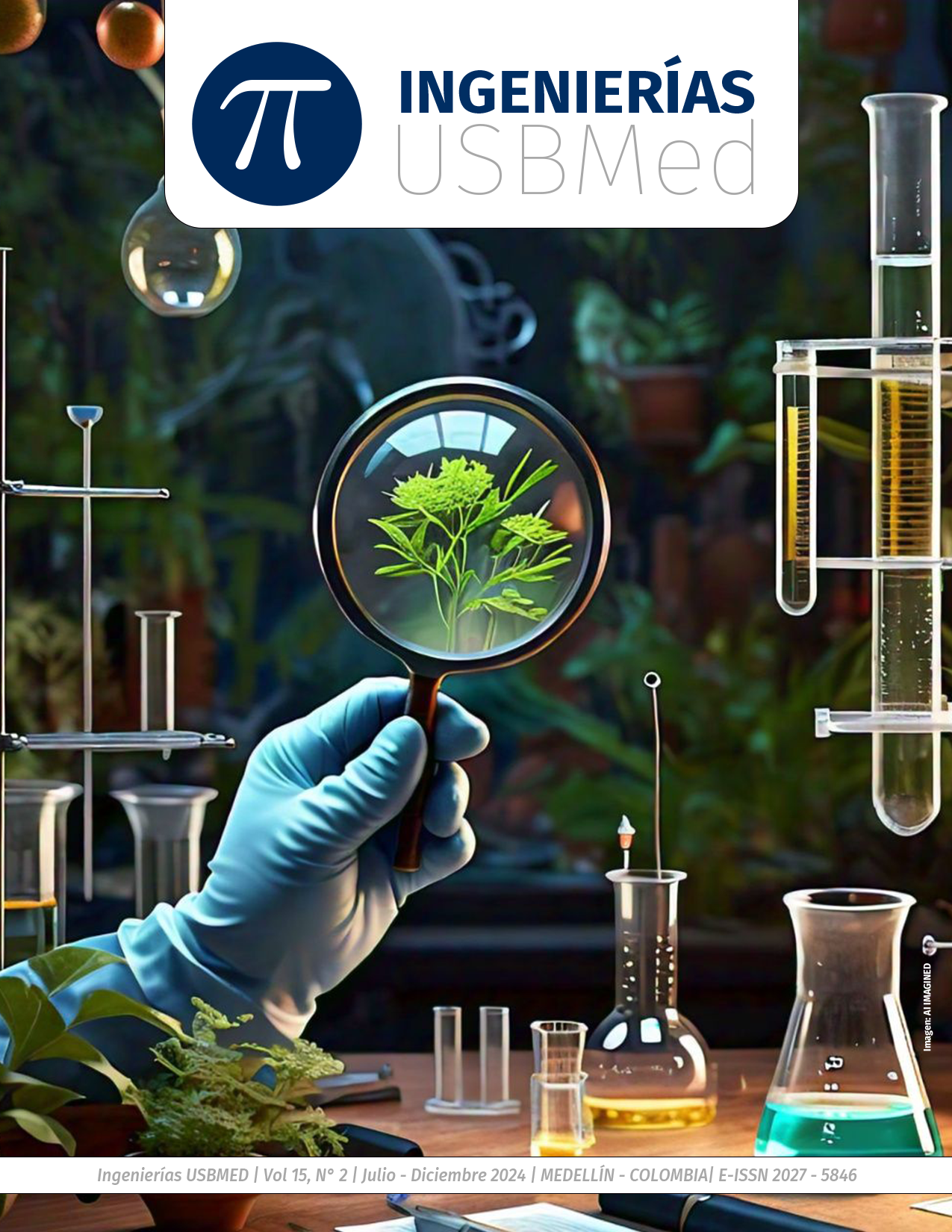This journal provides immediately free access to its contents under the principle that make available the research results for free to the public, helps for a greater global exchange of knowledge.
Therefore, the journal invokes the Creative Commons 4.0
License attributions: Recognition – Non-commertial - Share equal. Commercial use and distribution of original or derivative works are not permitted and must be done with a equal license as the one that regulate the original work.
Abstract
The objective of this research, more than just investigating, is due to the need for an end to problems in public lighting in the municipality of Quibdó. It is mainly focused on advances that become a necessity, accepting that the implementation of the Internet of Things technology is essential for the development of the population in general, adding the use of renewable energies for its subsequent operation.
With the development of a functional prototype of public lighting using the technology of the internet of things, powered by a solar module, it is considered the best option to develop this research, keeping in mind that our objectives are: Design a functional prototype that monitors the state of public lighting through IOT technologies, create an event that alerts the failures that the functional prototype presents through the ubidots platform, demonstrate the operation of the developed prototype through the results obtained. follow up and monitor the status of the lamp using the ubidots software, analyze the results obtained from the energy consumption supplied by the solar module, with the main objective: Developing and carrying out a functional prototype implemented on the Internet of Things (IOT) powered by solar energy in street lighting lamps.
References
[2] M. Saifuzzaman, N. N. Moon, y F. N. Nur, “IoT based street ligh-ting and traffic management system”, en 2017 IEEE Region 10 Huma-nitarian Technology Conference (R10-HTC), 2017, pp. 121–124. DOI:10.1109/R10-HTC.2017.8288921
[3] J. T. Kim y T. Hwang, “Feasibility study on LED street lighting with smart dimming systems in wooi stream, Seoul”, J. Asian archit. build. eng., vol. 16, núm. 2, pp. 425–430, 2017.DOI:10.3130/jaabe.16.425
[4] M. C. V. S. Mary, G. P. Devaraj, T. A. Theepak, D. J. Pushparaj, y J. M. Esther, “Intelligent energy efficient streetlight controlling sys-tem based on IoT for smart city”, en 2018 International Conference on Smart Systems and Inventive Technology (ICSSIT), 2018, pp. 551–554.
[5] F. Cugurullo, “The origin of the Smart City imaginary: from the dawn of modernity to the eclipse of reason”, The Routledge Compa-nion to Urban Imaginaries, pp. 113–124, 2018. DOI: 10.1177/0042098018797501
[6] K. S. Murthy, P. Herur, B. R. Adithya, y H. Lokesh, “IoT-based light intensity controller”, en 2018 International Conference on Inven-tive Research in Computing Applications (ICIRCA), 2018, pp. 455–460.DOI: 10.1109/ICIRCA.2018.8597416
[7] S. Carnevale Yonzo y M. Grassi Bonci, “Telegestión de Lumina-rias”, 2018. https://ria.utn.edu.ar/bitstream/handle/20.500.12272/3468/Telegestion%20Luminarias%20LED%20-%20Carnevale Gras-si.pdf?sequence=1&isAllowed=y
[8] R. Matos, P. S. Paulo, R. Ribeiro, J. Oliveira Nunes, y P. Valver-de, “Smart led lighting systems implementation in Lisbon metropoli-tan área”, en CIRED Workshop 2016, 2016, pp. 1–4. DOI: 10.1049/cp.2016.0623
[9] T. S. Perry, “San Diego’s streetlights get smart”, IEEE Spectr., vol. 55, núm. 1, pp. 30–31, 2018. doi:10.1109/MSPEC.2018.8241729
[10] B. Abinaya, S. Gurupriya y M. Pooja, "Iluminación inteligente y adaptativa basada en Iot en el alumbrado público", 2.ª Conferencia internacional sobre tecnologías informáticas y de comunicaciones (ICCCT) de 2017, 2017, págs. 195-198, doi: 10.1109/ICCCT2 .2017.7972267.
[11] E. Y. P. Gonzalez, “Diseño De Prototipo Funcional De Alumbrado Público Basado En Tecnologías IoT Para La Ciudad De Bucaraman-ga”, Edu.co, 2020. [En línea]. Disponible en: https://repository.unab.edu.co/bitstream/handle/20.500.12749/12733/2020_Tesis_Edier_Yasser_Perea_Gonzalez.pdf?sequence=1. [Consul-tado: 20-sep-2022].
[12] R. Pinto y J. Antonio, “Proyecto piloto de telegestión del servicio de alumbrado público de la ciudad de Bucaramanga / Pilot remote ma-nagement of public lighting of the city of Bucaramanga”, 2010. https://www.researchgate.net/publication/259869899_Sistemas_Inteligentes_de_Iluminacion_Publica
[13] E. Duque, A. Isaza, P. Ortiz, S. Chica, A. Lujan, y J. Molina, “Urban sets innovation: Design of a solar tree PV system for charging mobile devices in Medellín — Colombia”, en 2017 IEEE 6th International Conference on Renewable Energy Research and Applications (ICRERA), 2017, pp. 495–498. DOI: 10.1109/ICRERA.2017.8191109
[14] O. Rudrawar, S. Daga, J. R. Chadha, y P. S. Kulkami, “Smart Street lighting system with light intensity control using power electro-nics”, en 2018 Technologies for Smart-City Energy Security and Po-wer (ICSESP), 2018, pp. 1–5. DOI:10.1088/1742-6596/1973/1/012112
[15] Gartne, “Tendencias en iluminación, LED y alumbrado”, Philips, 2018. [En línea]. Disponible en: https://www.lighting.philips.es/soporte/contacto/tendencias-en-iluminacion.section.(smart-city). [Consultado: 21-sep-2022].
















